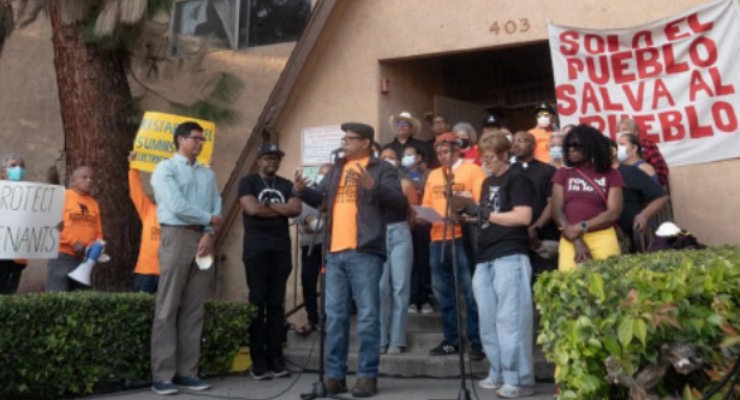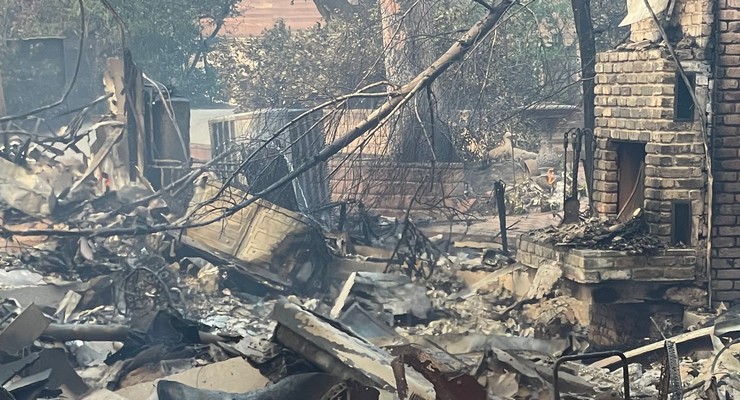
With any decision a Board member makes, the reality is they’re going to upset many adults. This high potential for unhappy adults is most apparent in the recent decisions the Board is making regarding how to spend the $516 million Measure O bond. Passed in November 2020 by 63% of voters, the bond is intended for upgrading school facilities and improving educational technology. After expenditures on educational technology in IT and surveillance, device refreshes, classroom technology, some critical repairs and construction in roofing, shade structures, and Heating, Ventilation, and Air Conditioning (HVAC) systems, what remains to be spent is $400 million. $400 million is not a lot when you consider that PUSD has 22 schools. According to the Facilities Master Plan calculator, the cost of upgrading all 22 schools would amount to $1.7 billion with 4% annual escalation and 10% contingency budget. Providing the upgrades and renovations for each school would cost $1.3 billion more than we have.
The Board is not acknowledging the elephant in the room: Pasadena Unified, at present, has too many schools to be financially sustainable. Based on our projected enrollment, Pasadena Unified will have 10,626 students by 2030, which would mean we would be operating at 69% of our present capacity of 15,398 students. Declining enrollment is not unique to Pasadena Unified School District – it is driven by housing prices, cost of living, and other forces beyond the control of the district. What district leadership can control is how we strategically spend the precious dollars that the public has gifted us with, with Measure O.
The district must maintain fewer schools in order to ensure long-term financial sustainability. If we continue to ignore this elephant in the room, we will continue to perpetuate facilities-based disparity between schools. Ensuring that each and every student receives a quality education can only be actualized by making tough decisions that will upset adults. I realize that school closure is extremely emotional for families. But what is uniquely different about yesterday’s school closures rather than those in the near future is the school upgrades that Measure O could provide to thousands of students, if planned well.
Measure O makes it possible for a school closure to be a gain rather than a loss for students. If the PUSD Board and the public take the time to reimagine the district of the future, closing some schools could very possibly open up a whole range of new opportunities. More money would be invested in fewer schools, increasing the quality of education at each school site. With this funding, it’s possible to build that state-of-the art-auditorium, that CIF-approved athletic facility, that new outdoor learning space – among many other possibilities. If closures happen as part of a phased-out approach, it allows time for some students to naturally matriculate out, minimizing the disruption to students’ instructional momentum.
Closing a school could mean moving its programs to another school, not getting rid of them. It would mean that the destination school could offer more learning opportunities for students. Why can’t an International Baccalaureate and Dual Language Immersion program co-exist under the same roof? Fewer schools also means that librarians, nurses, custodians, and counselors are more likely to be dedicated to one school full-time rather than having to split their time between schools.
PUSD schools are fifty to a hundred years old. As a result, we are now in a place where the most cost-effective approach can be to tear down a facility. For example, when we repair a HVAC system, it involves much more than just putting in new machinery, it involves changes to the structure of the building. Some of our systems are so old, they no longer even manufacture the parts anymore.
The integrity of our facilities are put to the test every time we hit three digit temperatures – an event which is only becoming all the more frequent. When ACs fail, the district can’t ensure the safety and health of students and staff – students are sent home, which disrupts their instructional momentum and impacts our funding. There is a point where your car is over 200 thousand miles and it’s time to buy a new car – or find an old one that is in better shape and repairable.
As part of a comprehensive, all inclusive facilities master plan, the Board needs to consider:
1. The number of schools Pasadena Unified School District can significantly upgrade given $400 million.
2. Which schools are located where most PUSD students live in order to meet PUSD students and families where they are.
3. Which schools have large sites (by acres) to accommodate students from one or more schools.
At this Thursday’s PUSD Board meeting, the Board will vote on $180 million worth of repairs/renovations on 7 schools. While the Board did vote to prioritize three schools: Madison Elementary, Longfellow Elementary and John Muir High School at the September 7, 2023 Board Meeting, the Board has yet to create a plan for what would happen to every school in the district within the $400M budget. We should not lock in nearly half of the remaining bond funds for one third of the schools without defining what would happen to the other schools. We cannot continue to invest in some schools, leaving thousands of students behind. Spending bond money responsibly today will earn the trust of the public when we need their support again in the future.
Tina Fredericks is a former high school math teacher, and computer engineer, living in East Pasadena with her husband and two daughters. She is a member of the PUSD Board of Education, but is speaking solely as an individual member of the Board.














 9 comments
9 comments


